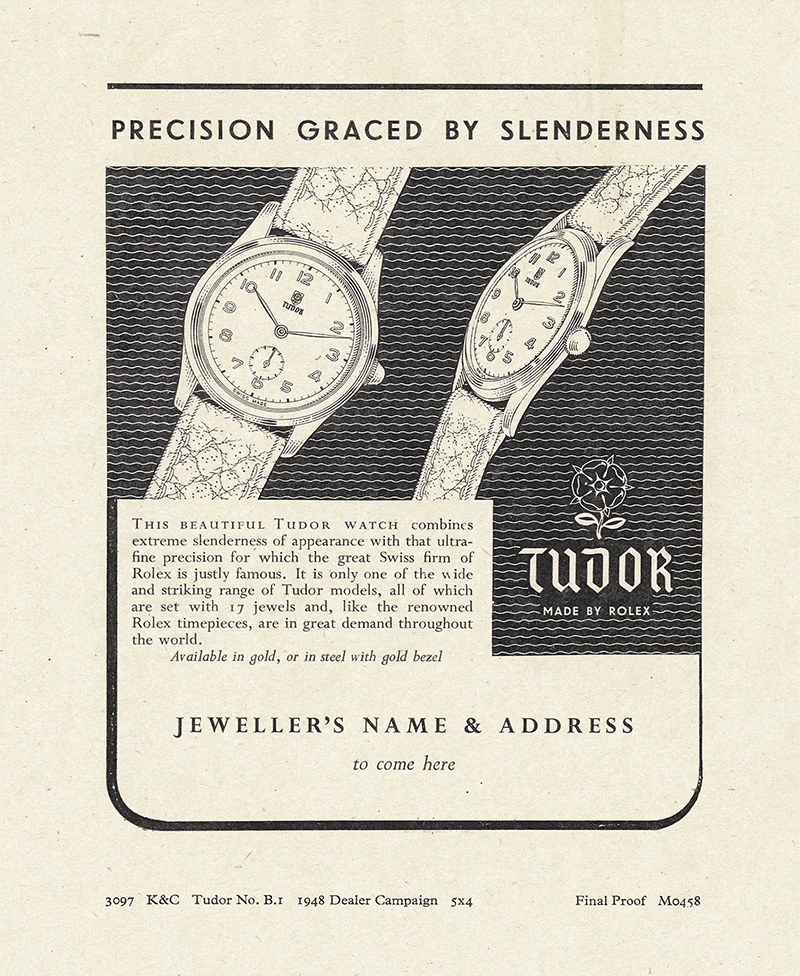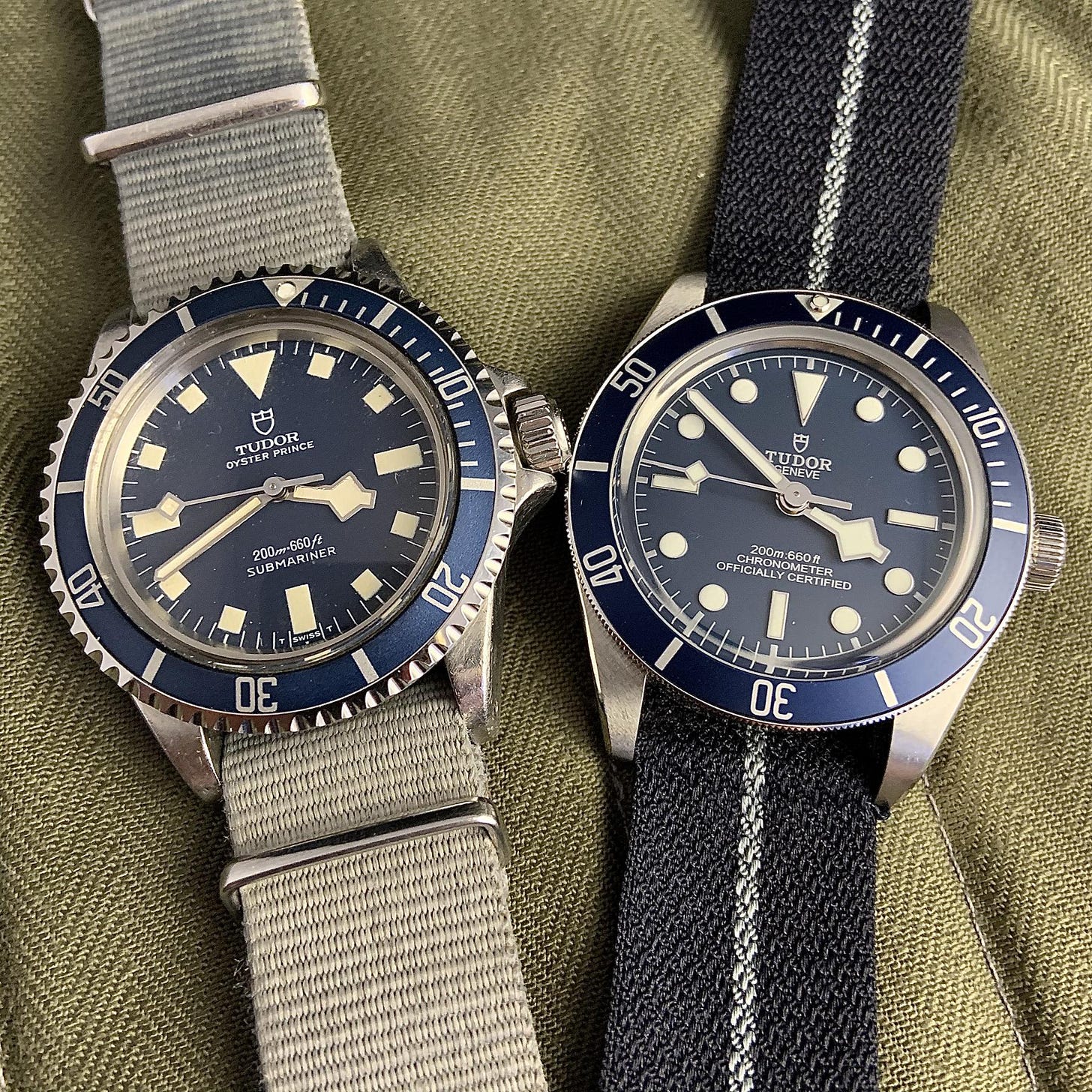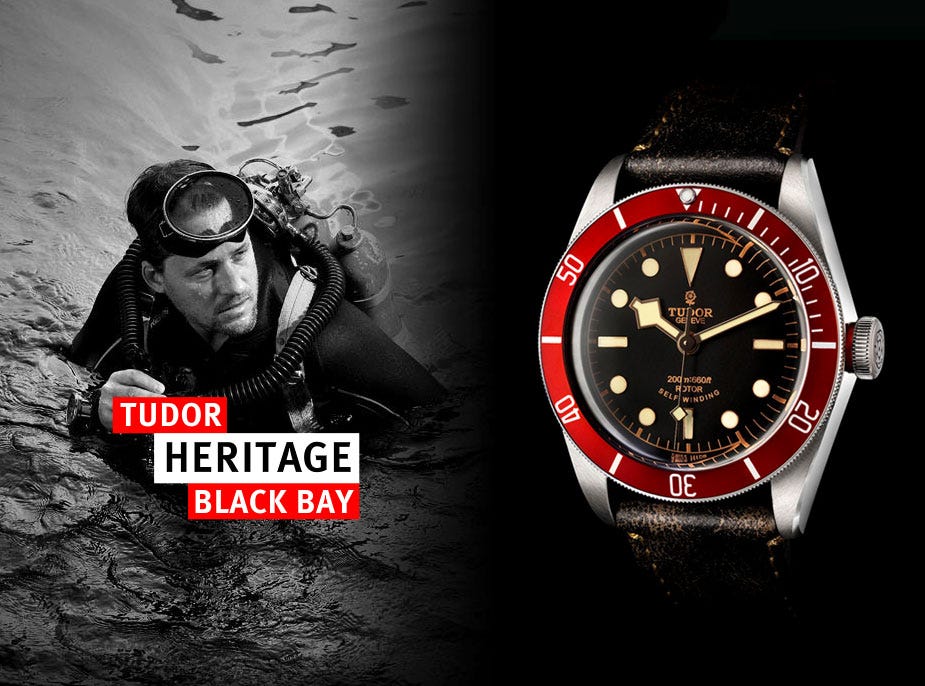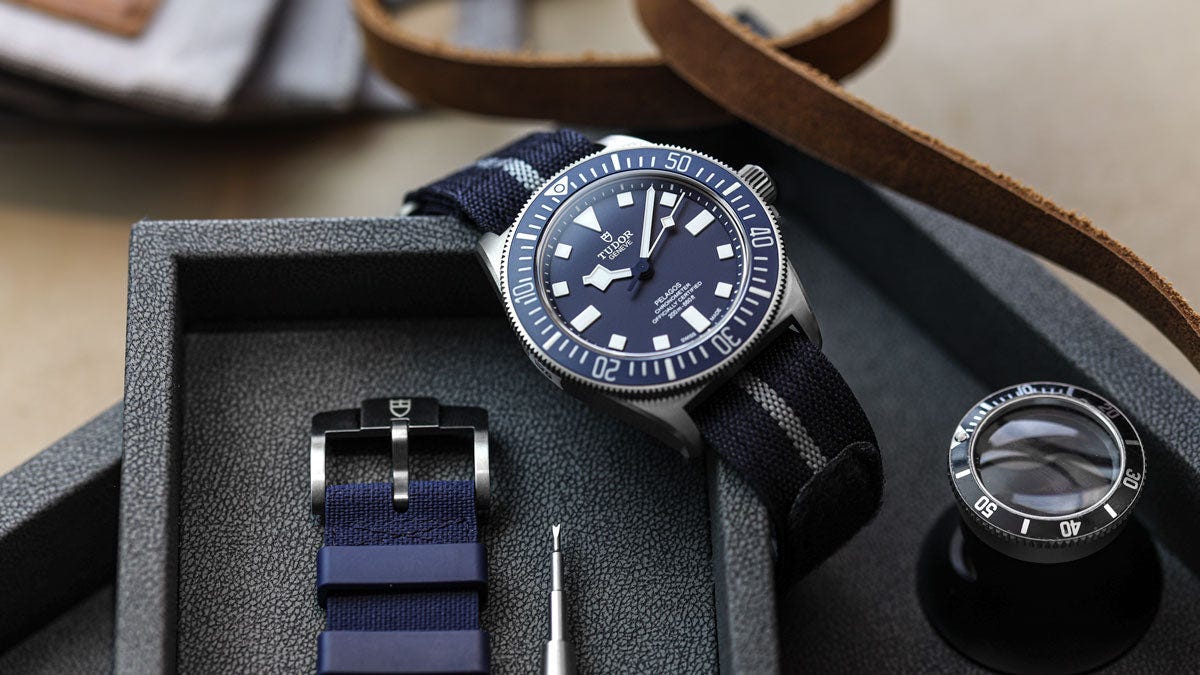The Rise of Tudor: Rolex’s Rebel Sibling Who Found Its Own Crown
How a budget offshoot became one of the most respected modern watch brands in just one decade
When most people hear the name “Tudor,” they think of royal dynasties. But in the watch world, Tudor has carved out a throne of its own — one built on steel, sweat, and serious style.
And yet, this wasn’t always the case.
For decades, Tudor was the “Rolex for people who couldn’t afford a Rolex.” Today? It’s a brand with its own cult following, a slew of iconic models, and arguably more creative freedom than its older sibling.
Let’s dive into the little brother who grew up, went to war, disappeared, and came back swinging.
The Foundation: Hans Wilsdorf’s Bold Second Act
“For some years now I have been considering the idea of making a watch that our agents could sell at a more modest price than our Rolex watches, and yet one that would attain the standards of dependability for which Rolex is famous.”
— Hans Wilsdorf, founder of Rolex and Tudor, 1946
Tudor was born out of practicality.
In 1926, Hans Wilsdorf registered the Tudor name, but it wasn’t until 1946 that the brand officially launched. His idea was clear: a Rolex-quality watch, but with off-the-shelf movements and a friendlier price tag.
The formula was simple:
Rolex case and crown
ETA movement
Lower cost
Same rugged reliability
For decades, Tudors were sold right alongside Rolexes — often to military forces, working-class professionals, and divers who needed a tool watch they could trust.
From the Trenches to the Depths: The Tool Watch Era
Tudor’s real credibility came in the field — literally.
French Navy (Marine Nationale) issued the Tudor Submariner (ref. 9401) in the '70s and '80s.
The US Navy SEALs also used Tudors in the field.
Their watches didn’t just look like they could take a beating — they actually did.
These weren’t luxury objects. They were tools.
"You could take a Tudor diving, drop it on the deck, and it would keep ticking. That’s why we trusted them." — French Navy diver, 1978
But despite all this heritage, Tudor faded into the background in the '90s and early 2000s.
Why?
Because the world wanted luxury, not utility. And Tudor looked too much like Rolex, but without the prestige.
The Comeback: 2010 and the Birth of a New Tudor
Enter the Tudor Heritage Chrono (2010) — a revival of their classic 1970s chronograph. Retro, bold, and not afraid to stand out.
But the real turning point? The Black Bay, released in 2012.
Suddenly, Tudor wasn’t trying to be Rolex anymore. It was trying to be… Tudor.
The Black Bay nailed the formula:
Domed crystal and dial = vintage charm
Snowflake hands = nod to French military past
41mm case = modern presence
Price point = unbeatable
Since then, Tudor has:
Developed in-house movements (MT5602)
Created titanium dive watches with PELAGOS
Released groundbreaking models like the Black Bay Pro and FXD
Sponsored everything from rugby teams to endurance races
Introduced the METAS-certified Black Bay Ceramic — beating Rolex to the punch
And in 2023? Tudor opened its own manufacture in Le Locle, officially stepping out of Rolex’s shadow.
Where Tudor Sits Today: The Anti-Rolex?
Tudor has become the enthusiast’s choice.
Rolex is about status. Tudor is about substance.
Rolex is backordered. Tudor is available.
Rolex is safe. Tudor is bold.
It’s why the Black Bay 58 or Pelagos FXD is often the first serious mechanical watch for collectors.
And it’s not just hobbyists. Watchmakers respect Tudor too.
“If I could only wear one watch for the next 10 years, it would be a Black Bay 58. It's that good.”
— Watchmaker, Geneva (quoted in Hodinkee)
Prices are climbing, quality is up, and the fan base is real.





